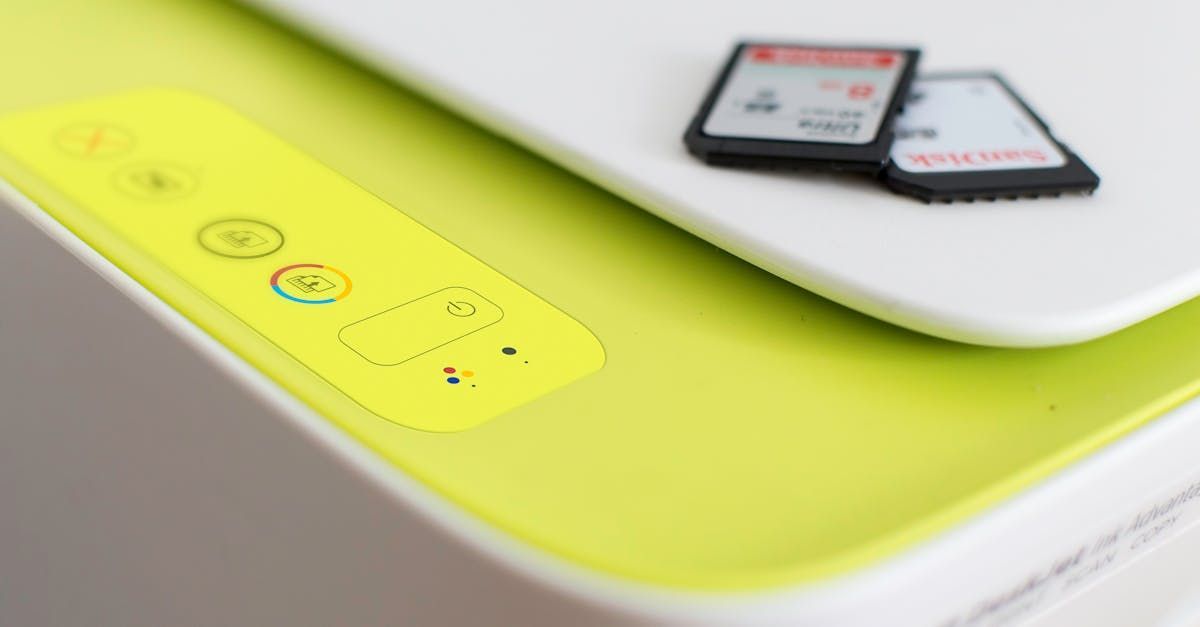How to Import Your Passwords Into Bitwarden
You've been using your web browser to save passwords—Chrome, Edge, or Firefox has been remembering them for you. Now you want to move all those passwords into Bitwarden so they're more secure and work across all your devices. Good news: you don't have to type them all in manually. Here's how to move them over.

Why Move Your Passwords?
Your browser's password manager is okay, but it has problems:
- Passwords only work in that one browser
- Limited security features
- No sharing options for family or team
- Can't organize or search easily
Bitwarden fixes all of that. Let's get your passwords moved over.
Step 1: Export Passwords From Your Browser
First, you need to get your passwords out of your browser. The steps are different depending on which browser you use.
If You Use Google Chrome:
Open Chrome.
Click the three dots in the top right corner.
Click "Settings."
On the left side, click "Autofill and passwords" (or just "Passwords").
Click "Password Manager."
Look for three dots next to "Saved Passwords" and click them.
Click "Export passwords."
Chrome will ask for your computer password. Type it in.
Choose where to save the file. Pick your Desktop so it's easy to find. Name it something like "chrome-passwords."
Click "Save."
If You Use Microsoft Edge:
Open Edge.
Click the three dots in the top right corner.
Click "Settings."
Click "Profiles" on the left side.
Click "Passwords."
Look for three dots next to "Saved passwords" and click them.
Click "Export passwords."
Edge will ask for your computer password. Type it in.
Save the file to your Desktop. Name it "edge-passwords."
If You Use Firefox:
Open Firefox.
Click the three lines in the top right corner.
Click "Passwords."
Click the three dots in the top right.
Click "Export Logins."
Firefox will warn you that passwords will be visible. Click "Export."
Save the file to your Desktop. Name it "firefox-passwords."
Step 2: Import Into Bitwarden
Now let's move those passwords into Bitwarden.
Open your web browser and go to vault.bitwarden.com
Log in with your email and master password.
Look at the top of the page for "Tools." Click it.
Click "Import Data."
Under "Select the format of the import file," click the dropdown menu.
Choose your browser:
- Chrome (csv)
- Microsoft Edge (csv)
- Firefox (csv)
Click "Choose File."
Find the file you saved on your Desktop (chrome-passwords, edge-passwords, or firefox-passwords).
Click on it, then click "Open."
Click "Import Data."
Wait a few seconds. Bitwarden will tell you "Data has been imported successfully."
Step 3: Delete That Export File
This is important! That file on your Desktop has all your passwords in plain text. Anyone who opens it can see everything.
Go to your Desktop.
Find the file you saved (chrome-passwords, edge-passwords, or firefox-passwords).
Right-click on it.
Click "Delete."
Empty your Recycle Bin to completely remove it.
Step 4: Check That Everything Imported
Click on "My Vault" in Bitwarden (top left).
You should now see all your passwords listed there.
Scroll through and make sure your important accounts are there.
You're Done!
All your passwords are now in Bitwarden. They're more secure, they work across all your devices, and you can organize them however you want. Your browser will probably still offer to save passwords. You can turn that off now since Bitwarden is handling it.
To Turn Off Your Browser's Password Manager:
Chrome: Settings > Autofill and passwords > Password Manager > Turn off "Offer to save passwords"
Edge: Settings > Profiles > Passwords > Turn off "Offer to save passwords"
Firefox: Settings > Privacy & Security > Logins and Passwords > Uncheck "Ask to save logins and passwords for websites"
Need Help?
If this felt confusing or you got stuck, bring your computer in. We'll import your passwords for you and make sure everything's set up correctly. Once it's done, you'll have all your passwords in one safe place.






